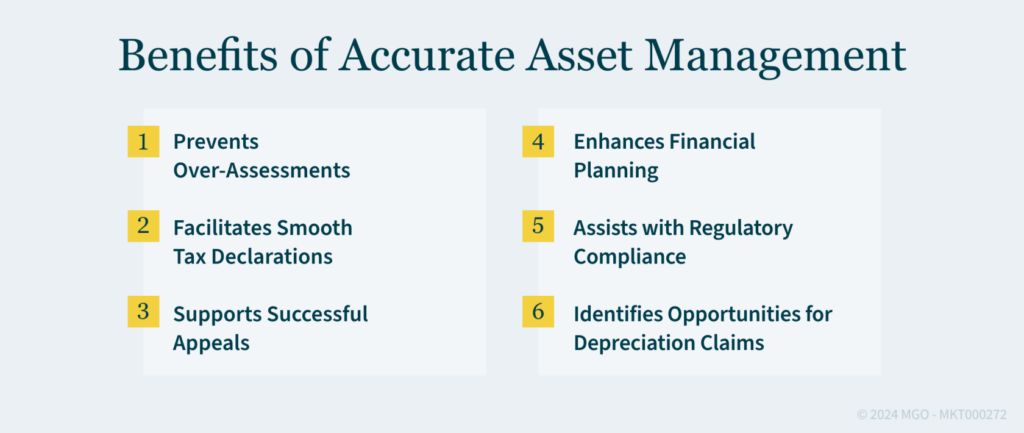Key Takeaways:
- The OECD’s Pillar Two rules are pushing large multinational enterprises to restructure and rethink location strategies to navigate the 15% global minimum tax more effectively.
- AI and digital tools are revolutionizing supply chain operations, enabling you to make faster decisions and drive your efficiency while meeting ESG reporting requirements.
- An increasing number of multinational enterprises are planning major business model overhauls in response to Pillar Two’s growing influence on tax, operational, and geographical strategies.
- If you act early to integrate Pillar Two considerations into your strategic planning, you could avoid unforeseen costs and position your business for long-term success in what will continue to be a complex global landscape.
~
Throughout the last few years, the global business landscape has been rocked by a series of unprecedented disruptions affecting supply chains and operating models. From natural disasters like the Fukushima earthquake to geopolitical tensions and the COVID-19 pandemic, businesses like yours have no doubt been forced to reevaluate and adapt strategies to maintain efficiency and meet evolving customer expectations.
It is likely that these disruptions have prompted you to diversify your sourcing, move your manufacturing closer to markets, and adopt a more regionalized supply chain model with an increased reliance on artificial intelligence (AI) and digital tools for more rapid supply chain decision-making and environmental, social, and governance (ESG) reporting.
While Pillar Two considerations were not the primary driver of these types of transformations, they have started to influence corporate strategies — including business model revisions, supply chain alterations, and legal entity restructuring as companies assess the tax implications and integrate them into business cases.
How You Can Respond to the Disruption
In response to these supply chain challenges, businesses have taken to adopting other strategies to stay nimble. Here are some things you can do:
- Diversify your supply sources: Companies are moving their sourcing and manufacturing closer to their markets to increase supply chain diversity and provide greater market responsiveness.
- Reduce your dependence on China: There has already been a noticeable shift away from the country as the primary manufacturing base.
- Look at nearshoring and onshoring: This can bring your manufacturing closer to end markets and decrease your transportation costs.
- Consider digitalization: Using AI and digital technologies can accelerate your decision-making, as well as enhance supply chain efficiencies.
- Transform your supply chain: Companies are revising their supply chains to mitigate tariffs, optimize green credits, and meet ESG reporting requirements.
The Role Pillar Two Plays in Your Business
The Pillar Two model rules, also referred to as the Global Anti-Base Erosion (GloBE) rules, were released on December 20, 2021, and are part of the Organisation for Economic Co-operation and Development‘s (OECD’s) two-pillar solution to address the tax challenges of the digitalization of the economy that was agreed to by 137 jurisdictions and endorsed by the G20 finance ministers in October 2021. They were designed to ensure that large multinational enterprises (MNEs) are subject to a minimum effective tax rate of 15% on the income arising in each jurisdiction where they operate.
The OECD’s global minimum tax rules apply to MNEs with revenue of at least EUR 750 million and are not self-implementing. Each jurisdiction must enact them into their domestic legislation. Some jurisdictions have already issued legislation to enact the global minimum tax, but others are still enacting legislation. You can track the status of this implementation here.
You are most likely navigating a complex landscape of challenges that include the green transition, digital transformation, geopolitical tensions, talent shortages, and supply chain disruptions. The Pillar Two tax reforms intersect with these issues, meaning you need to take a comprehensive approach to guard your strategies and operations across your people, processes, and technology. You can respond to these disruptions in a myriad of ways, from adjusting your supply chains to overhauling your recruitment strategies to even making fundamental shifts in your business models.
You’ve probably seen firsthand how the rise of digitization has driven more commerce online, fostering new platforms and subscription-based models. In that same vein, the increasing emphasis on sustainability and ESG factors is prompting organizations to reevaluate their core objectives and metrics of success. From this angle, Pillar Two is emerging as a significant consideration factor in your transformation.
While it is not quite a catalyst yet, it is gaining influence around operational restructuring and relocation, with an increasing percentage of MNEs planning major structural changes due to Pillar Two. Because of this new tax landscape, you will have to reassess the optimal locations for their people, functions, assets, and risks, as you may no longer see a strong business case to centralize in one location to obtain very low tax rates via incentives.
Pillar Two is becoming more prominent as a cost factor due to its potential to increase costs and impact strategic plans. MNEs anticipate a significant rise in effective tax rates due to it, which can add to the already existing cost pressures. If you fail to incorporate Pillar Two considerations into your strategic planning, you’ll likely be impacted by unforeseen costs and erode your profitability. That is why it is key to take early action on implementation — you’ll be setting yourself up for a competitive advantage.
How MGO Can Help
The supply chain landscape and operating model disruption are complex and will continue to evolve. MGO can help you take an integrated approach to adapt to these changes. Our experienced team will consider the location of your people, functions, assets, and risks to diversify your supply sources, leverage digital technologies, and adapt your overall strategies in response to the environmental, social, and regulatory changes.
As the shift towards decentralized, regional hub models continue to gain traction, we can assist you in moving away from the traditional centralized models to enhance your flexibility and resilience. Let us tackle the additional layer of complexity Pillar Two adds as we reassess your operations and strategies holistically. As you move forward, your success will hinge on your ability to adapt and innovate in the face of these disruptions, and we can help set you up for long-term success and sustainability.
To learn how we can help you address supply chain challenges and Pillar Two tax implications, reach our to our International Tax team today.














